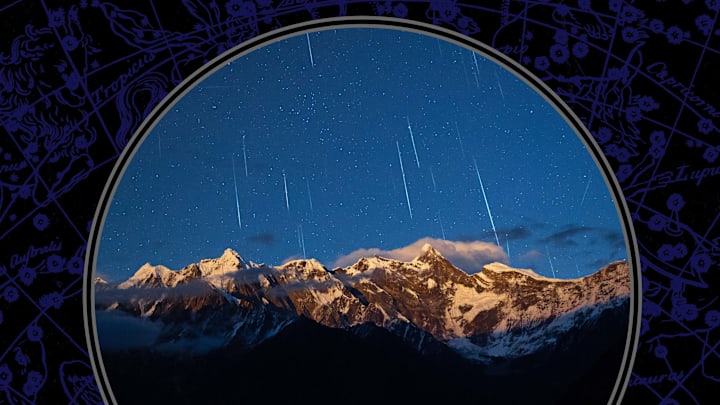As people hang up holiday lights around their homes in December, the cosmos will be putting on its own sparkling show. The annual Geminid meteor shower reaches peak activity on December 14 in 2023. Here’s everything you need to know to catch the last meteor shower of the year.
What Makes the Geminid Meteor Shower Special?
Unlike most meteor showers, the Geminids aren’t produced by a comet. They instead occur when Earth passes behind 3200 Phaethon, a celestial object that leaves a trail of space rocks like a comet but is more similar to an asteroid.
This “rock comet” is smaller than a regular comet, but it produces meteors that place it among the most spectacular showers of the year. Because 3200 Phaethon’s debris is denser than that of a comet, it spends more time burning up in Earth’s atmosphere and burns brighter. The shooting stars are also abundant; under ideal conditions, you can expect to see 120 meteors per hour at the event’s peak.
How to See the Geminid Meteor Shower in 2023
Though the Geminids have been active since November 19, they will reach peak activity at 2:27 p.m. EST on Thursday, December 14. The best times to see them are the evening of December 13 to early morning of December 14 and the evening of December 14 to the early morning of December 15. They’re best viewed from the Northern Hemisphere, but if you live south of the equator you still may be able to catch them sporadically in the early morning hours.
Stargazers are in luck this year: the shower’s peak coincides with a very young waxing crescent moon (the new moon occurs on December 12). That means skies will be quite dark and moonlight won’t wash out the meteors’ brilliance. Viewers should still find a spot in their area with minimal light pollution for an optimal experience.
A version of this story was published in 2022; it has been updated for 2023.
